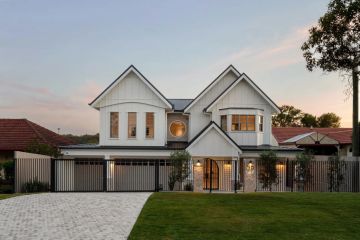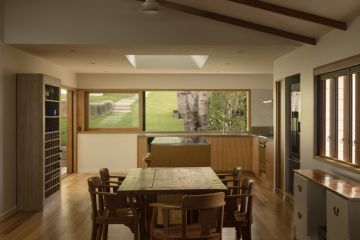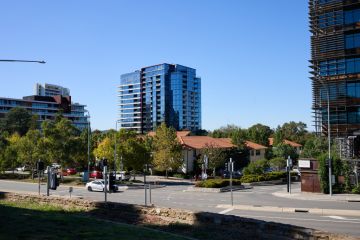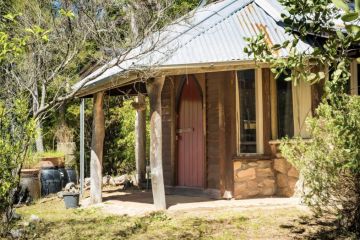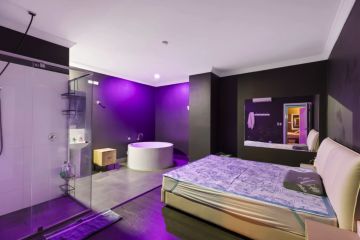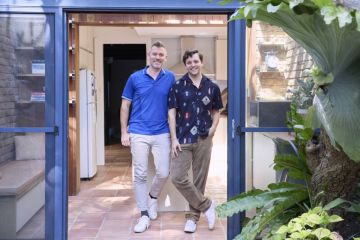What's really going on when someone thinks their house is haunted
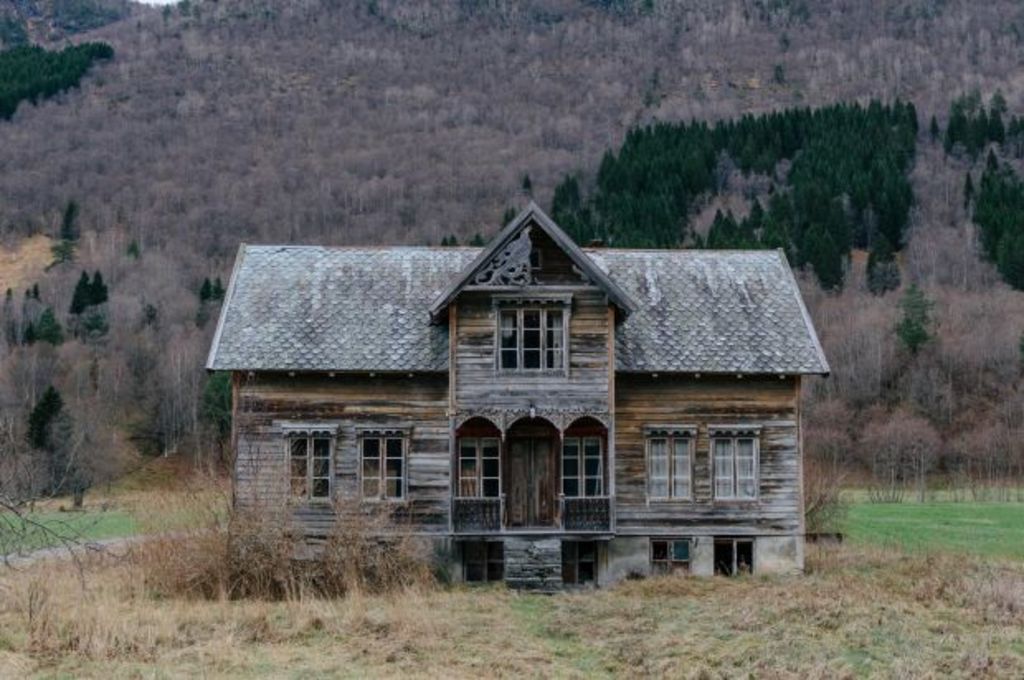
Don’t assume a property is haunted just because it seems creepy. Studies have found scientific reasons for people sensing an eerie atmosphere or sinister presence when they walk into a particular house.
Infrasound – vibrations below the limit of human hearing – is one possible cause. University researchers have discovered that infrasound from something like vibrating water pipes or an electric fan can create feelings of dread and even hallucinations.
Other research has found links between reputed hauntings and naturally occurring magnetic fields. For example, one study by British psychologists traced the ghostly experiences of people sleeping in a castle bedroom to a magnetised bed support.
The finding is backed by laboratory experiments published in the International Journal of Neuroscience that show weak magnetic fields applied to the brain can make people sense the presence of a sentient being.
Neurophysiologist Dr Vladimir Dubaj, is a credible guide to the amorphous world of ghosts. He lectures in neuroscience at Swinburne University and is president of the Australian Parapsychological Research Association.
“I look at it from a scientific perspective,” he says. “Lots of reported hauntings are psychological rather than genuine in nature, some places just look creepy and people expect that the place should be haunted – therefore it must be haunted.
“People can misinterpret certain events and believe they’ve had a paranormal experience simply because they want to. I know cases of people saying a property is haunted because drawing attention to it is financially beneficial to them.”
Surprisingly, millions of Australians do believe in ghosts. A recent poll by Essential Research found 35 per cent believe ghosts exist and can influence their will on the living. Even more (39 per cent) believe that angels and demons are active in the world.
- Related: Things agents must tell you
- Related: How murder houses perform on the market
- Related: Australia’s creepiest abandoned buildings
Dr Dubaj maintains an open mind, but believes most paranormal experiences are due to expectation, misinterpretation and a brain function called pareidolia, which interprets patterns in random data. Seeing a face on the moon is one example.
A house’s spooky reputation could originate like this. The shadow of a stair banister on a moonlit wall appears and disappears with passing clouds. A terrified visitor interprets the shadow as a fleeting ghost, someone else has the same experience and local gossip starts comparing the house to The Amityville Horror.
A major problem with investigating paranormal events is that they are random and unpredictable, and science demands something repeatable that can be tested and confirmed. That’s why Dr Dubaj is excited by the results of his teams’ recent study of ghostly events at the convict site of Port Arthur in Tasmania.
“We looked at paranormal experiences at Port Arthur over 25 years and found that when there was a lot more electromagnetic activity in the atmosphere, a lot more people were experiencing ghosts,” he says. “It confirms an earlier US study that shows the phenomena occurs in the northern hemisphere in exactly the same way.
“There are multiple ways of interpreting the data. You could say certain magnetic field frequencies cause something to occur in the environment, and that the witness just happens to be there at the right time. Or you could say the frequencies are affecting an individual’s brain and causing them to have a sensory hallucination.
“However it’s a big step towards gaining a scientific understanding of what’s actually occurring.”
We recommend
States
Capital Cities
Capital Cities - Rentals
Popular Areas
Allhomes
More
